Hiking is a thrilling way to connect with nature, but it’s not all picturesque trails and chirping birds. Some of the planet’s most dangerous creatures lurk in the wild and don’t come with warning signs. While most animals would rather avoid you, a few might see you as a threat—or worse, as a snack. Here are 15 animals that can turn your serene hike into a heart-pounding escape scene.
1. Mountain Lions Can Lurk in the Shadows
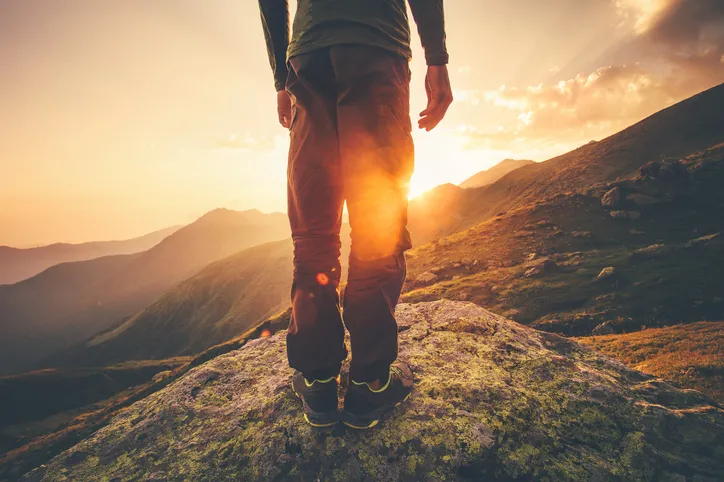
These sleek predators are masters of stealth, capable of sneaking up on prey without a sound. Hikers enter mountain lion territory in many parts of North America without realizing it. These big cats rarely attack humans, but they can ambush with startling speed if they feel threatened or hungry. Keeping eye contact, making yourself look big, and backing away slowly are your best defenses if you encounter one.
2. Grizzly Bears Can Charge Without Warning
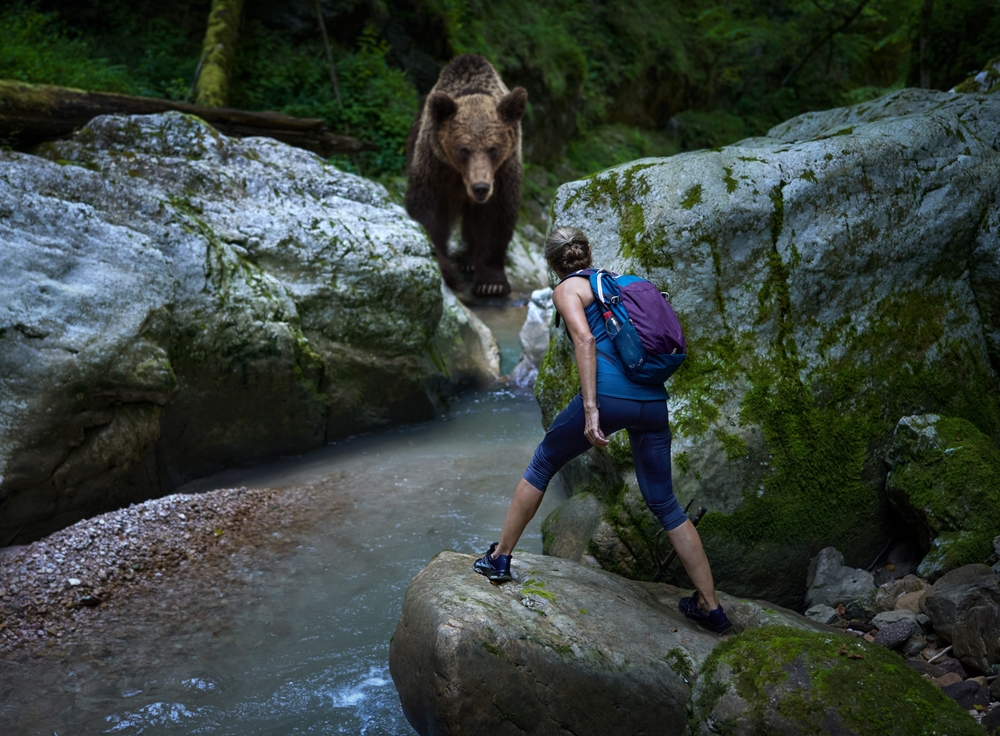
Few things are as terrifying as a grizzly bear encounter, especially if you’re between a mother and her cubs. These massive creatures can weigh up to 800 pounds and reach speeds of 35 miles per hour, meaning you can’t outrun them. While most bear encounters end peacefully, startling a grizzly can trigger a defensive attack. Carrying bear spray and knowing how to use it can save your life.
3. Rattlesnakes Might Strike From the Undergrowth
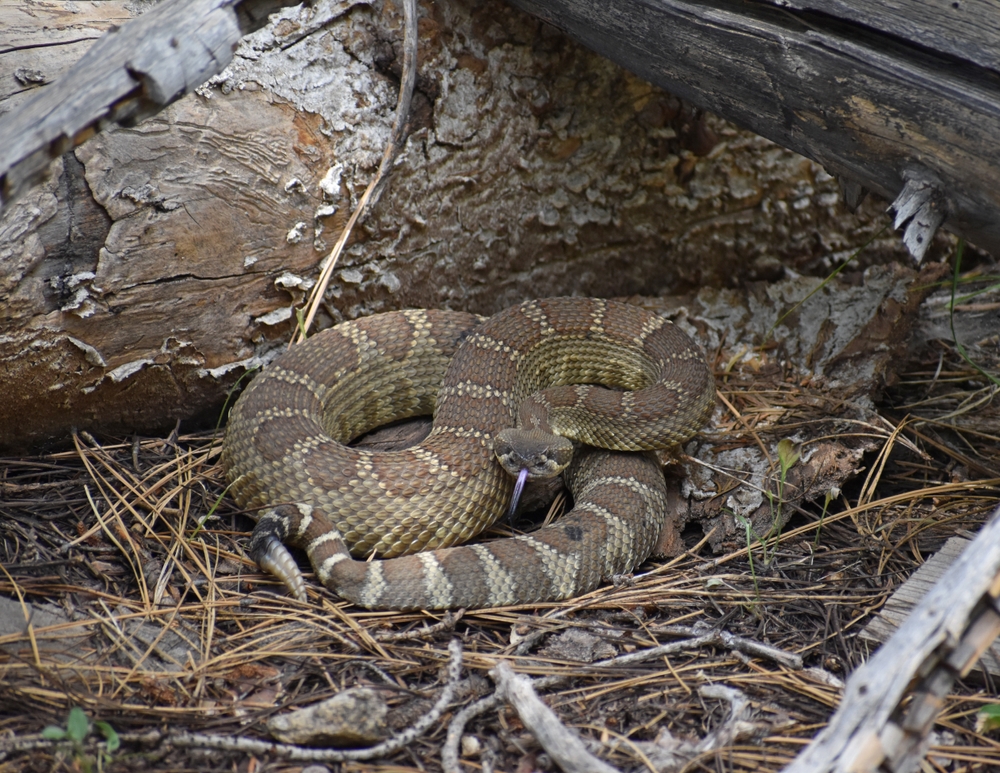
Rattlesnakes are masters of camouflage, blending seamlessly with dirt trails and rocky terrain. Step too close, and you might hear their iconic rattle—a last warning before they strike. Their venom can cause severe pain, swelling, and even death if untreated, making them a serious threat on warmer trails. Watching where you step and staying on marked paths can minimize your chances of a run-in.
4. Wolves Hunt in Packs and Protect Their Territory
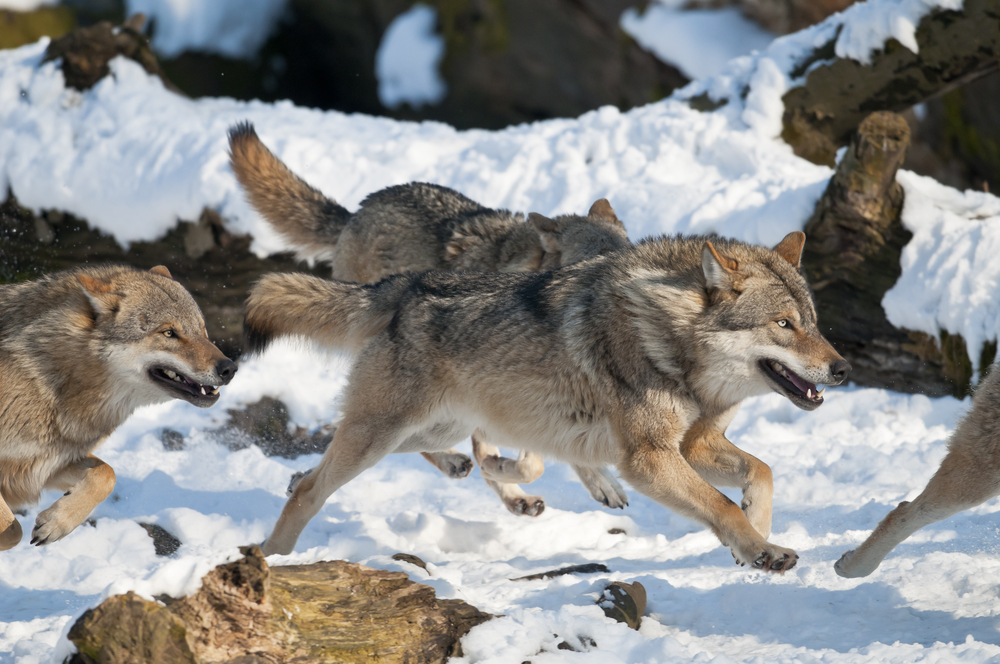
Though wolves are less likely to attack humans than other predators, they’re still not to be underestimated. A lone wolf might avoid confrontation, but a pack could see you as a threat to their territory. Wolves are highly territorial and may become aggressive if you come too close to their den or food source. Maintaining a safe distance and making noise as you hike can help deter them.
5. Wild Boars Can Charge Aggressively
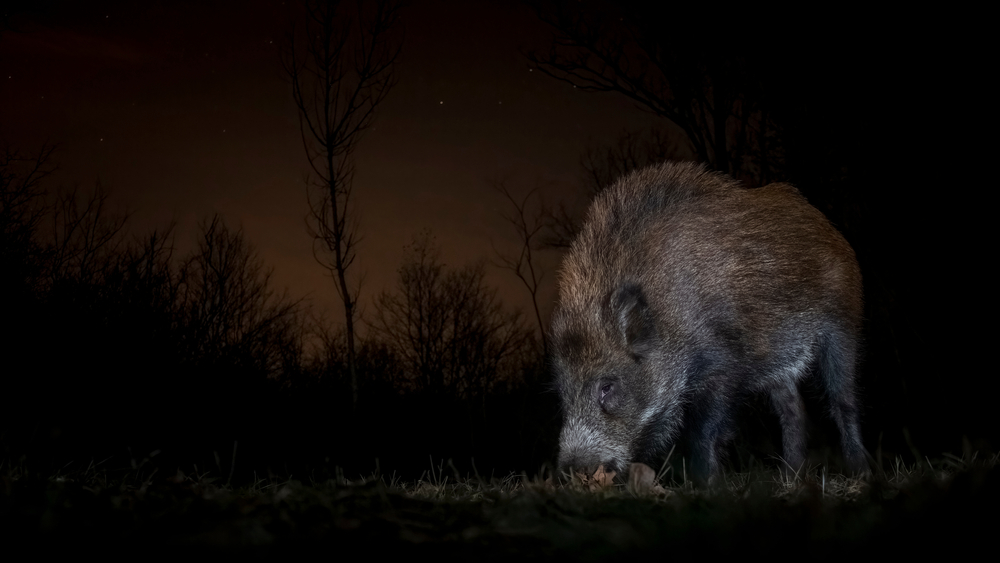
These muscular, tusked animals may not look as menacing as bears, but their speed and aggression can catch you off guard. Wild boars are highly territorial and will charge if threatened, especially if piglets are nearby. Their sharp tusks and surprising agility can inflict serious injuries in seconds. Keep your distance if you spot one and avoid provoking them.
6. Crocodiles May Lurk Near Water Trails
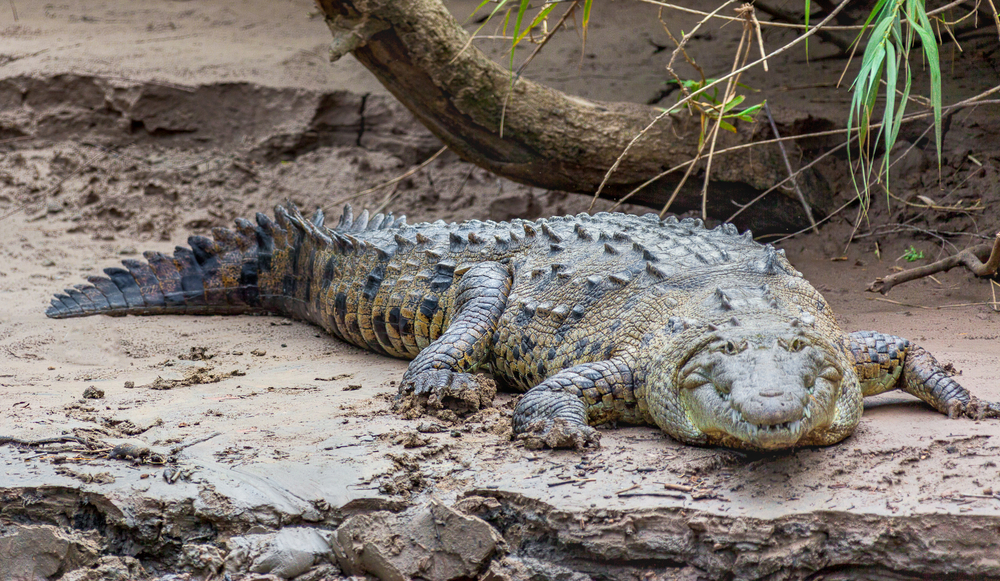
Crocodiles are a silent but deadly presence in areas near rivers and wetlands. These ancient reptiles can launch out of the water with shocking force to grab their prey. While attacks on humans are rare, they often happen without warning, making them especially dangerous. Stay well back from the water’s edge in crocodile habitats, and don’t wade into unfamiliar waters.
7. Moose Are Surprisingly Aggressive
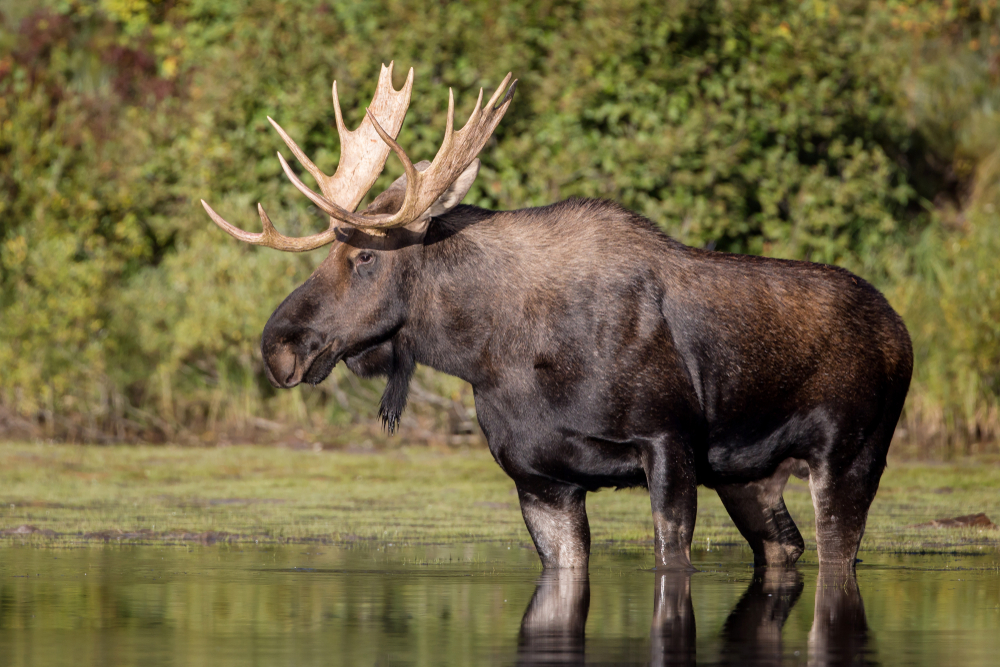
Despite their gentle appearance, moose can be extremely dangerous if provoked. These massive animals are fiercely protective, especially during mating season or when they’re with their young. A charging moose can knock over a car, so imagine the damage they could do to an unsuspecting hiker. Stay calm, back away slowly, and give them plenty of space if you encounter one.
8. Black Bears Can Be Unpredictable
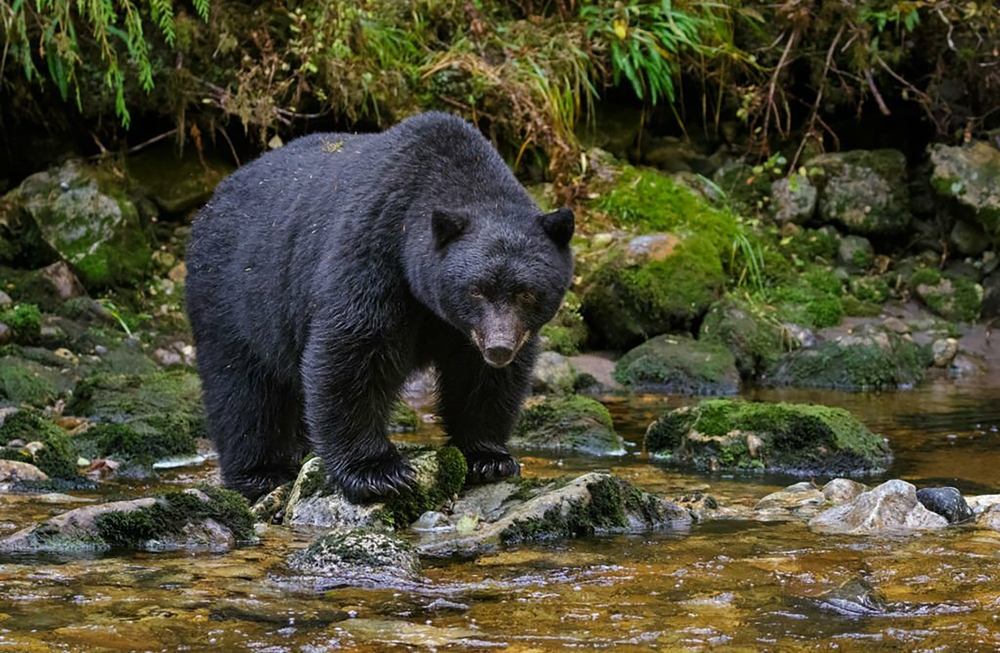
Though smaller than grizzlies, black bears are no less dangerous if hungry or startled. Unlike grizzlies, they may see humans as potential prey, especially if food is scarce. Black bears are also excellent climbers, so scaling a tree won’t necessarily keep you safe. Avoid surprising them by making noise while hiking and securing any food you carry.
9. Coyotes Might Target Small Dogs or Lone Hikers
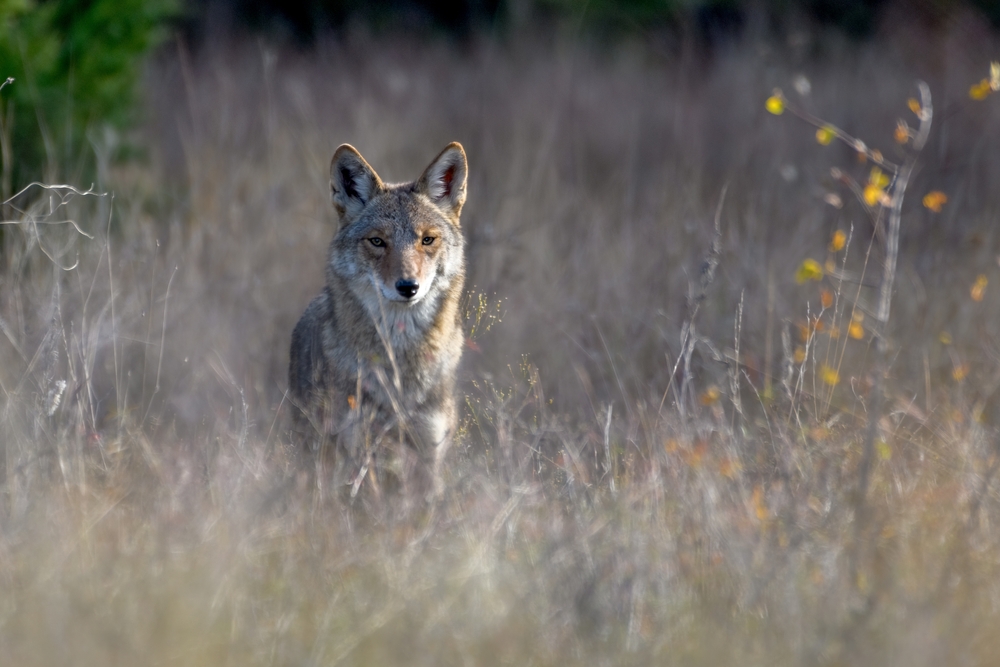
Coyotes may not look as menacing as wolves, but they’re clever and opportunistic hunters. They often prey on small animals, so bringing a dog on your hike can increase the risk of an encounter. A hungry or desperate coyote may even target a lone hiker, especially in scarce food areas. Staying in groups and keeping pets leashed can deter them.
10. Scorpions Hide in Rocky Crevices
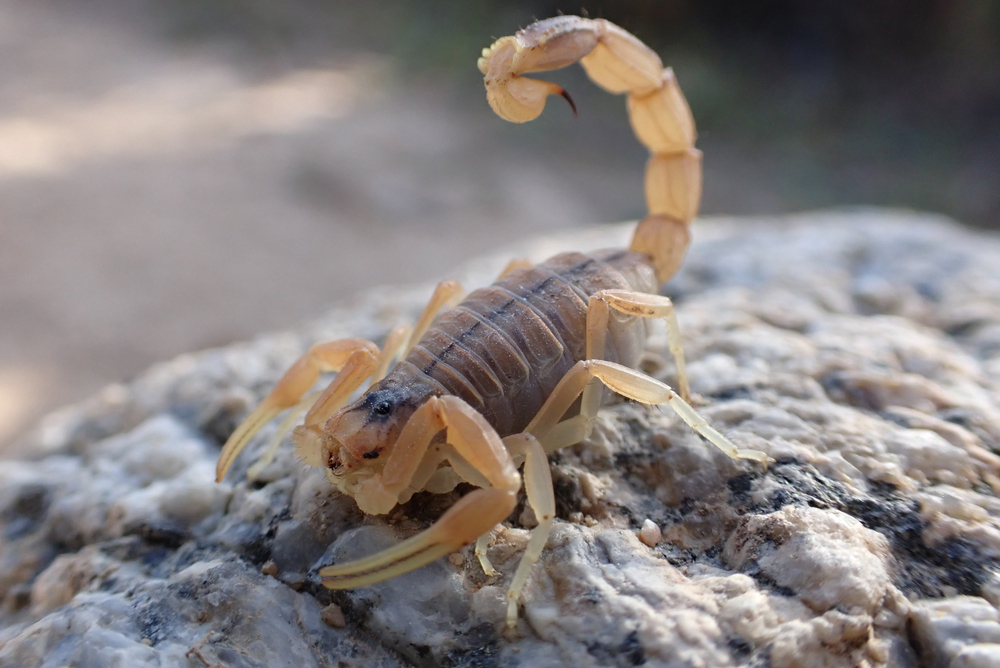
If your hike takes you into desert landscapes, scorpions are a threat you shouldn’t ignore. These small but venomous creatures hide in rocks and underbrush, ready to sting if disturbed. Their venom varies by species, but even a non-lethal sting can cause intense pain and swelling. Wearing boots and checking your gear before using it can help you avoid unpleasant surprises.
11. Elephants Can Be Territorial in Some Regions
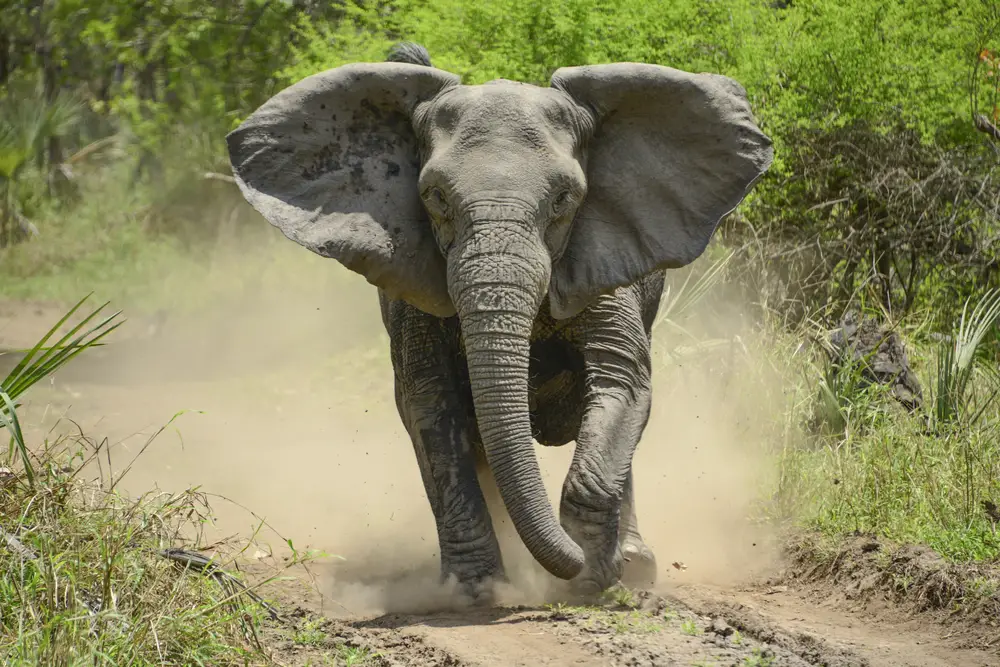
In parts of Africa and Asia, elephants are majestic but potentially deadly wildlife to encounter. A territorial bull elephant or protective mother can charge with shocking speed and power. Their massive size and strength leave little chance of escaping unharmed if they decide to attack. Keeping your distance and respecting their space is essential for safety in elephant habitats.
12. Cougars Will Stalk Quiet Hikers
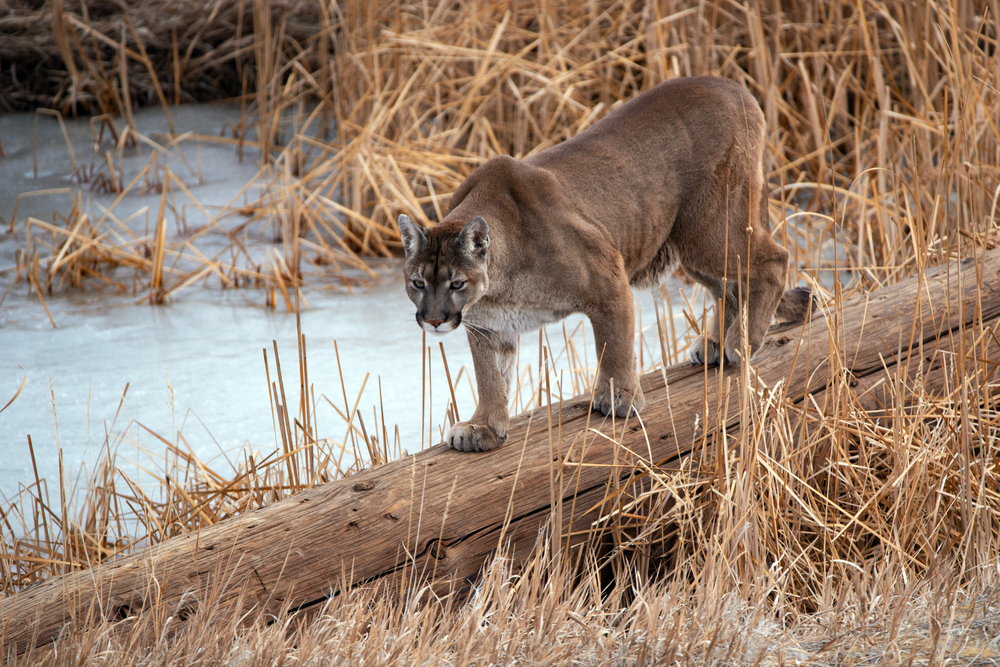
Like mountain lions, cougars are stealthy predators that thrive in dense forests and mountainous areas. Their keen senses allow them to track prey silently, sometimes for miles. A sudden pounce from a cougar can be devastating, but they often avoid loud or assertive humans. Making noise as you hike and staying aware of your surroundings can discourage their interest.
13. Hornets and Wasps Can Attack in Swarms
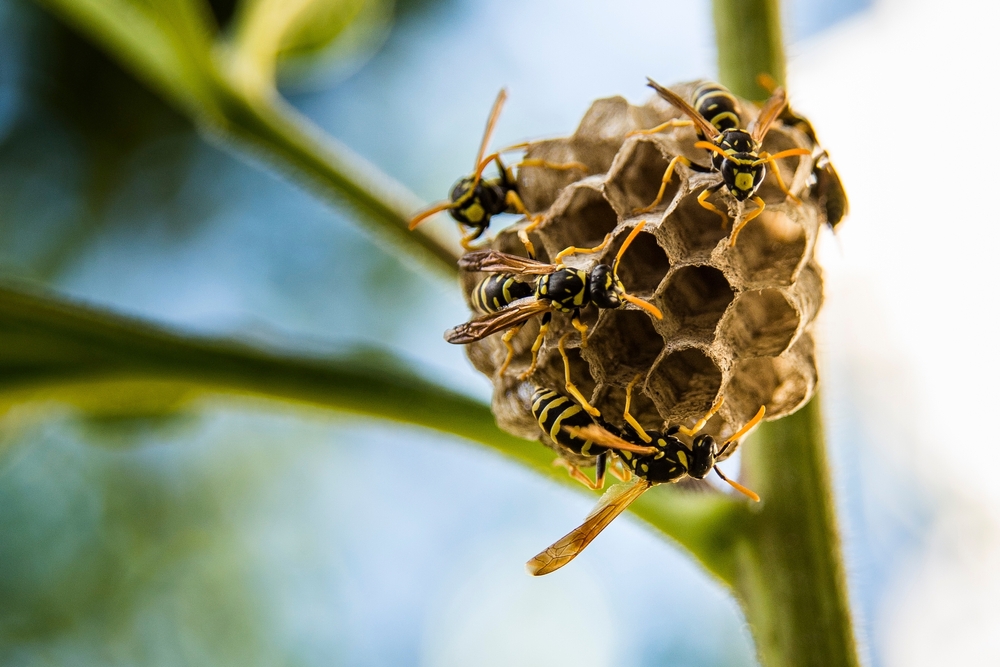
While not as intimidating as big predators, hornets and wasps can turn a hike into a nightmare. Disturbing a nest, even accidentally, can result in a swarm attack that delivers painful stings. Even a single sting can be life-threatening for those allergic to their venom. Avoid swatting at them, move away calmly, and carry antihistamines or an epinephrine injector if needed.
14. Poisonous Spiders Are Lurking in Sheltered Spots
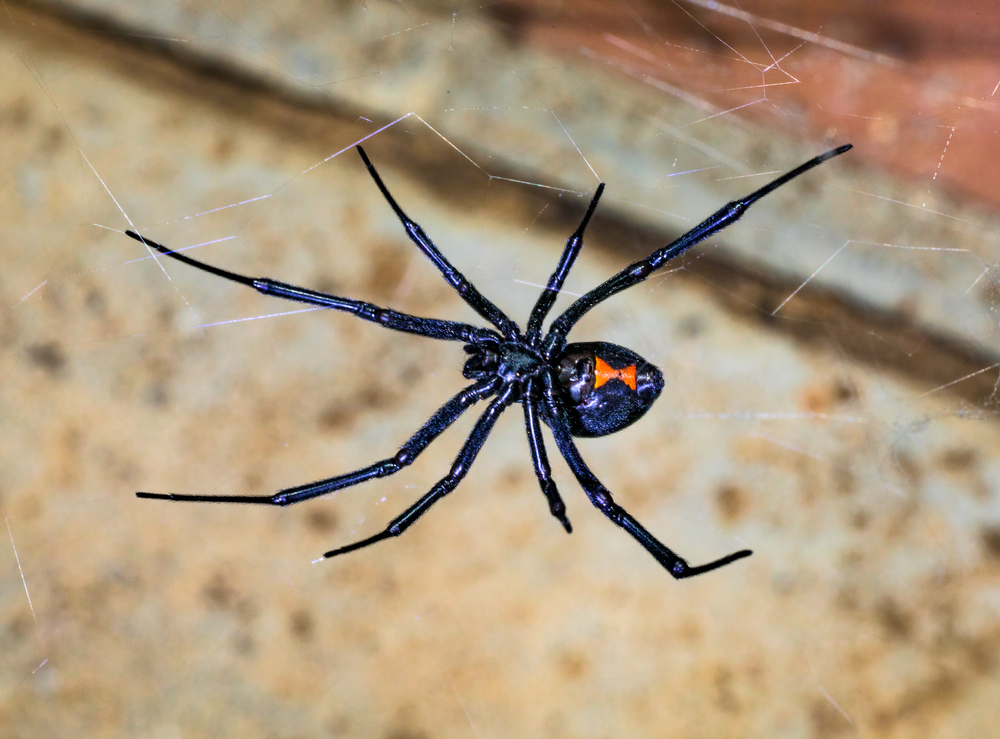
From black widows to brown recluses, venomous spiders are a hidden danger in some hiking areas. They prefer dark, undisturbed spaces like fallen logs, rock piles, or even your gear. Depending on the species, a bite can cause symptoms ranging from mild irritation to severe pain or systemic reactions. Shake out your shoes and clothes before putting them on to reduce the risk of a bite.
15. Komodo Dragons Are Apex Predators in Their Habitat
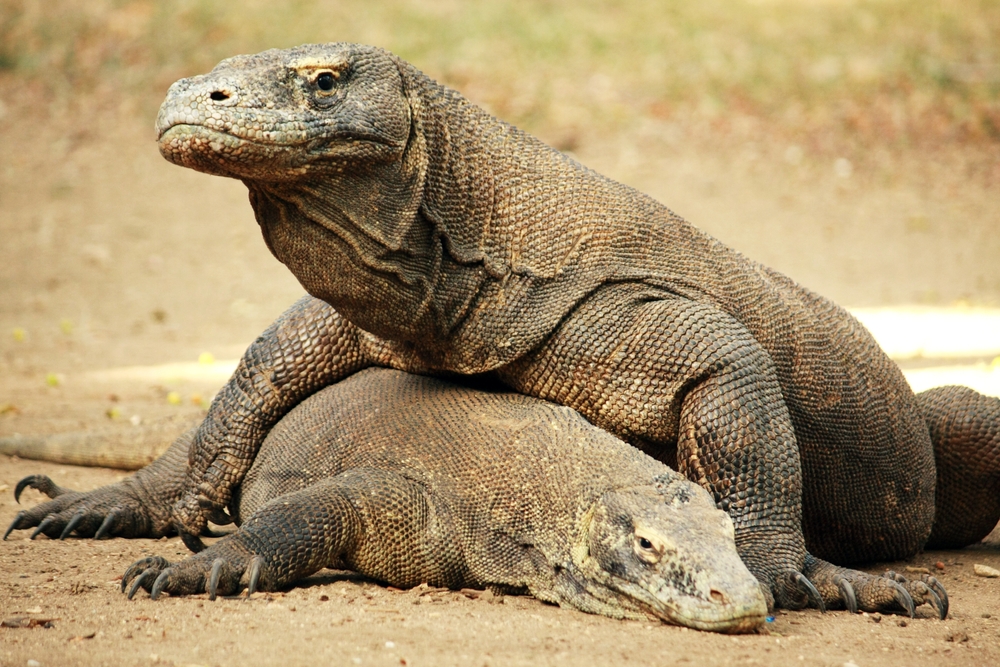
If you’re hiking in Indonesia, a Komodo dragon encounter could be the ultimate thrill—and danger. These massive lizards are strong, fast, and armed with venomous saliva that causes their prey to bleed out. While attacks on humans are rare, they can be swift and brutal if you invade their space. Keep your distance, follow local guidelines, and stay alert when trekking in their territory.
